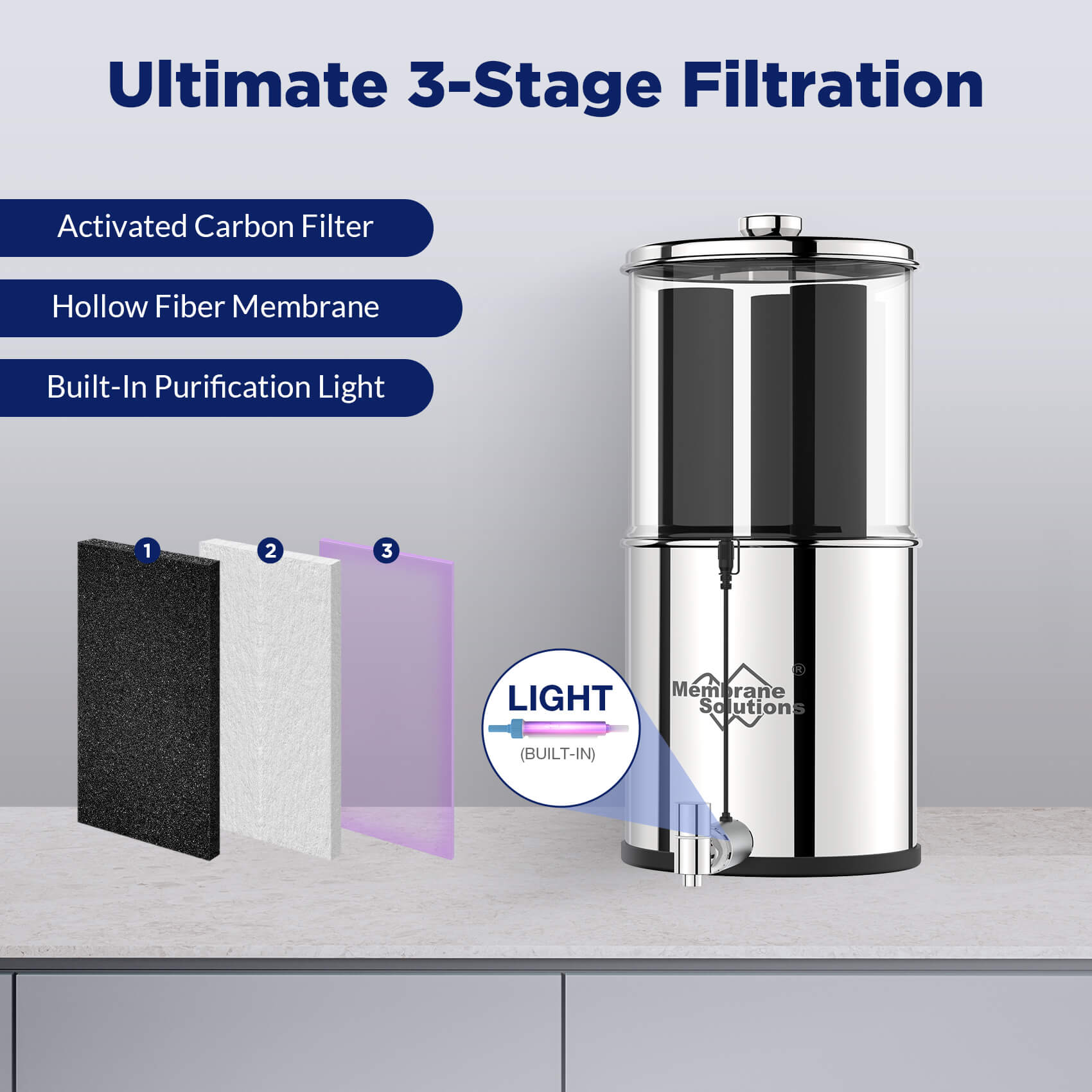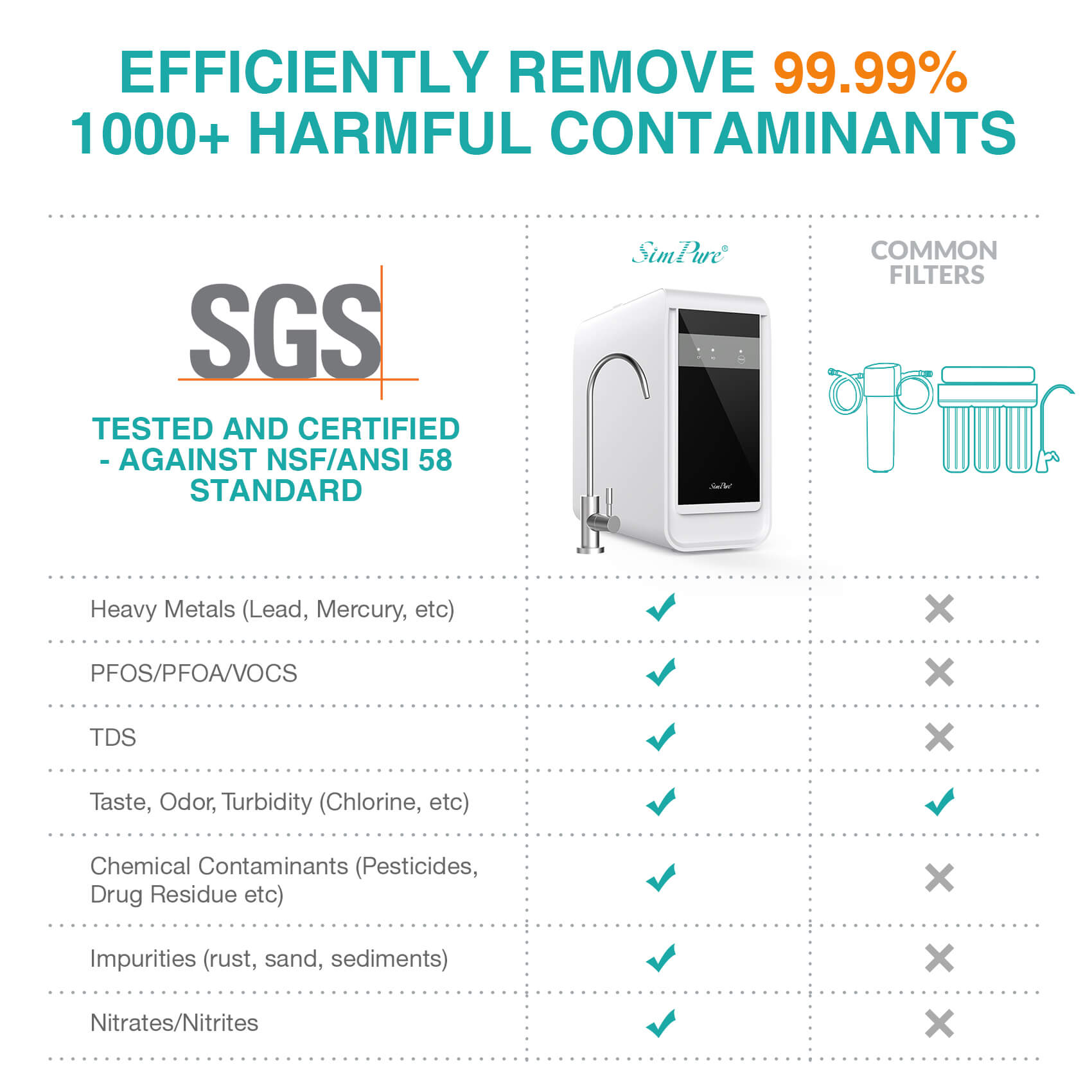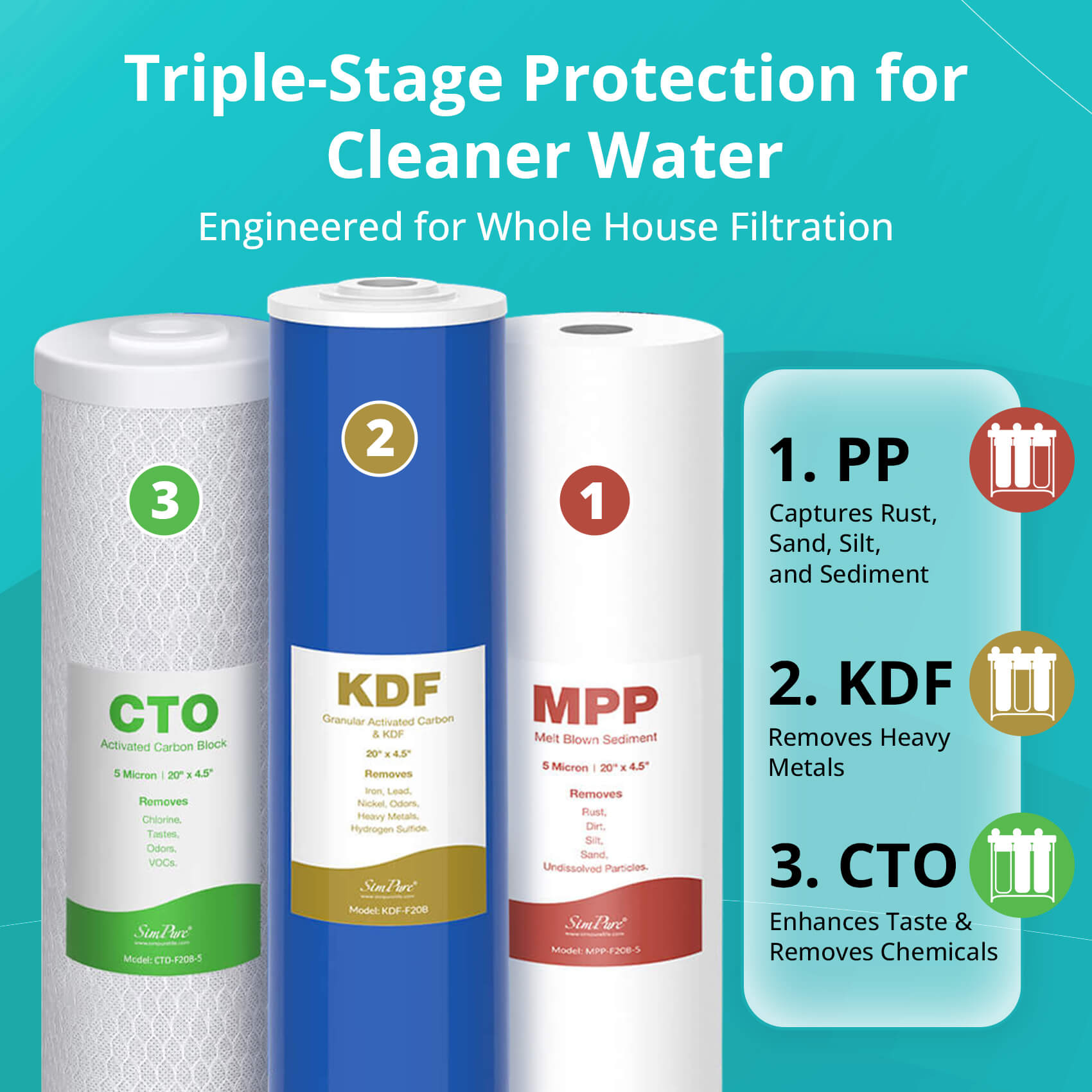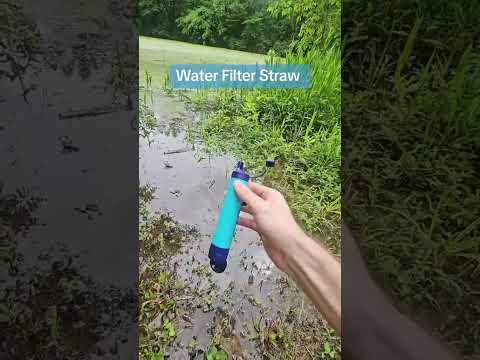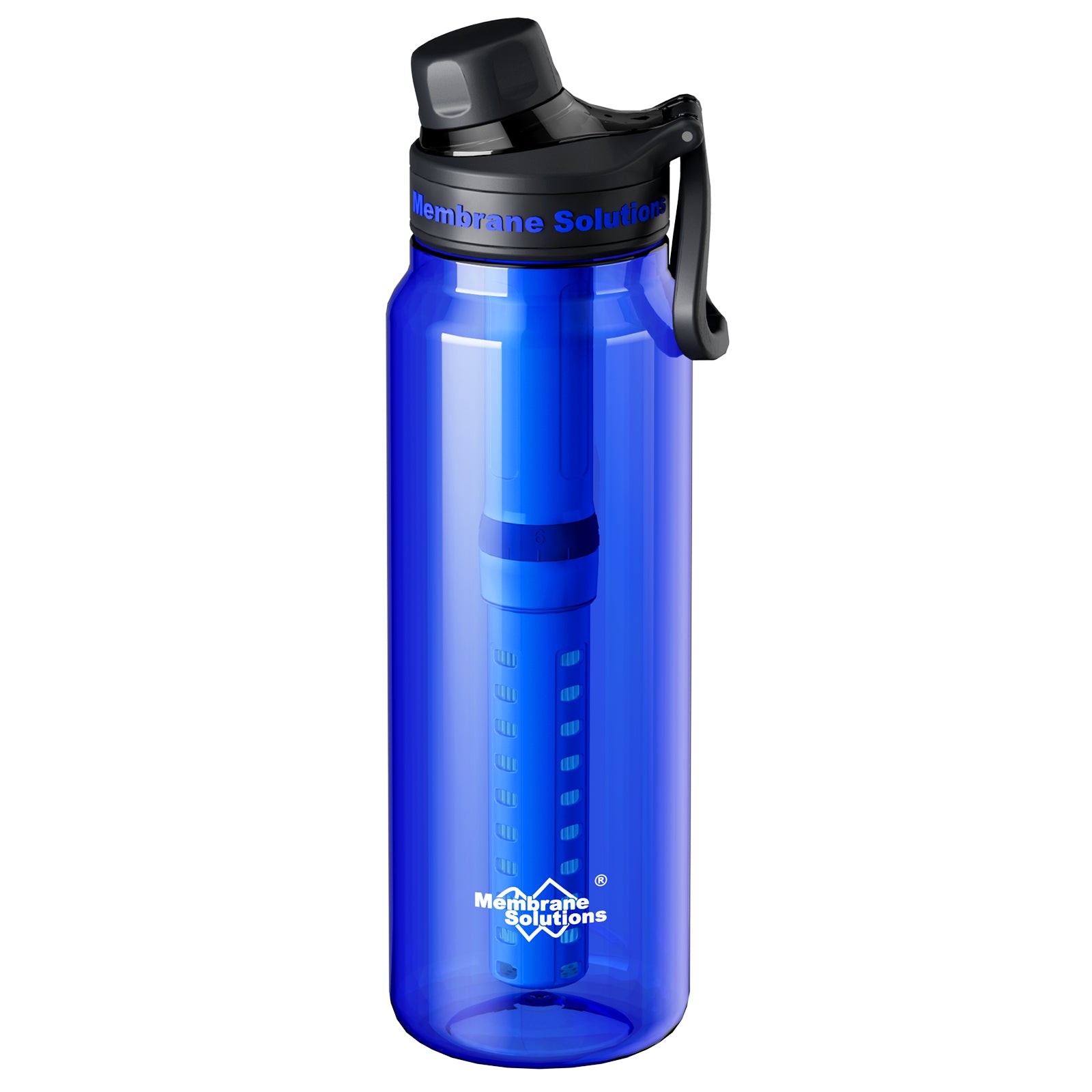Many people probably don't have a clear understanding of the question: what is artesian water? In short, artesian water refers to the groundwater whose confined water head is higher than the local ground and can be ejected or overflow the surface after excavation. Maybe you still don't understand the concrete concept of artesian water after this explanation. This article will explain what is artesian water in detail and some concepts related to artesian water. Also, you will figure out if there is artesian water around your home, and whether you can drink it directly without filtering.
Detailed Explanations of What is Artesian Water
Before explaining the question of what is artesian water, we must first understand a concept: Confined water.
Confined water is the groundwater that fills the aquifer between two aquitards, and it has two different types of burial, namely phreatic buried above the first stable aquitard and buried above the upper and lower stable aquitards. Confined water between layers of water. A typical confined aquifer can be divided into three parts: recharge zone, confinement zone, and discharge zone.
So What is Artesian Water?

Artesian water is the groundwater whose confined water head is higher than the local ground and can be ejected or overflow the surface after excavation. In the past, confined water (including confined water without artesian conditions) was commonly referred to as artesian water. The head of the confined water is higher than the water-retaining roof, and when the topographical conditions are suitable, its natural outcrop or artificial drilling is ejected to the surface, which is called artesian water. The descending spring exposed in valleys is also called artesian water, but it is not confined.
Related Questions about What is Artesian Water
when talking about artesian water, there also comes with these 3 related questions. Let us learn these concepts one by one!
1. What is an artesian well?

There is also someone asking the question: what is an artesian well and how does it work? There are two different buried types of groundwater, phreatic water buried above the first stable aquitard and confined water buried between the upper and lower stable aquitards. Wells drilled into submersion are submerged wells. A well drilled through the roof of the aquifer and drilled into confined water is called a confined well. Due to the influence of hydrostatic pressure, the water in the confined well can rise up along the borehole to a height equivalent to the local confined water level. Under favorable terrain conditions, that is, when the ground is lower than the confined water level, the confined water will gush out of the surface to form an artesian well. So what does artesian well mean? The water in the well can rise to the surface of the well by its own pressure without manpower or mechanical force.
2. What is an artesian spring?

Artesian spring: The source of spring water is groundwater in a closed aquifer. When the pressure water head exceeds the ground pressure, it will rise and gush out along the cracks or sections of the rock formation. This kind of spring water is called an artesian spring.
There are two necessary conditions for the formation of artesian springs.
The first condition is that the aquifer must be filled with a large amount of water. Aquifers are strata of groundwater formed of rock or sediment-containing pores. And these permeable 4 pores in the rock allow water to flow freely. The aquifer must be sloped so that the upper section of the aquifer is exposed to the air at the surface of the land. Rainwater enters the aquifer through this exposed end and flows directly to the lower part of the aquifer.
The second condition is that there must be non-porous rock or clay layers above and below the aquifer. They are called aquitards. They block the flow of water. The aquitard blocks the flow of water from the aquifer.
3. What is an artesian basin?

An Artesian basin is a kind of syncline basin with a confined water storage structure, including a large complex structure basin and a small single syncline structure basin. It is mainly composed of rock formations before the Quaternary Period. The terrain of a certain area is low, the surface is sunken, the groundwater table of this area is higher than this area, and the water flows to the lower place. This kind of situation is often seen in places with obvious high surroundings and low middle, and the groundwater level is higher than the low areas, such as the famous Great Artesian Basin in central Australia.
Does Artesian Water Need to be Filtered?
After knowing these questions about artesian water, some people may think that artesian water has been filtered through several layers of nature so that it can be drunk directly. So do artesian water need to be filtered? The answer depends on the water quality testing of artesian water, but it is always safer to drink after purification.
First of all, you should carry out the water quality test of the artesian water, and then carry out targeted purification treatment according to the test results. After multiple layers of geological filtration, there are relatively few impurities and harmful components. As long as it passes the test, it can be boiled for drinking.
However, the penetration of bacteria and viruses in artesian water is also worrying, and there may even be parasites, which pose a considerable threat to human health. Therefore, it is recommended that you carry out deep purification of artesian water. The things that need to be filtered in artesian water are mainly bacteria, and the smallest diameters are divalent salts and calcium ions. Otherwise, scaling will be severe after boiling water. For the safety of drinking water for the family, it is recommended that you install our SimPure Y7P RO countertop filtered water dispenser to purify the artesian water for directly drinking.
The above is a detailed introduction to the explanation of what is artesian water. I believe everyone should have a better understanding of artesian water. If there is artesian water/ well/ spring / basin around your home, it is best to boil it or purify it through a water purifier before drinking.








